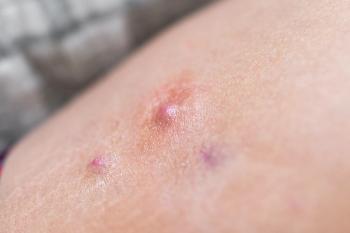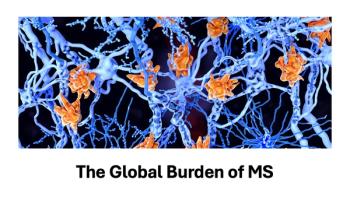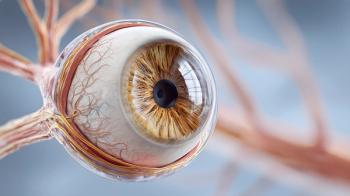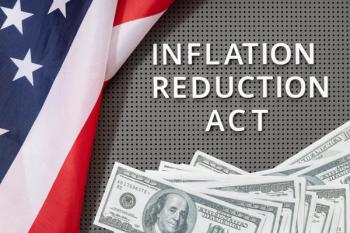
HIV Self-Testing Significantly Increases Diagnosis and Treatment Initiation, Study Shows | IAS 2025
While successes have been seen because of HIV self-testing, funding cuts to USAID and PEPFAR will make continued research difficult, according to Anna Bershteyn, Ph.D., associate professor in the Department of Population Health, NYU Grossman School of Medicine.
HIV self-testing has become crucial in addressing diagnostic test shortages and saving costs, according to Anna Bershteyn, Ph.D., associate professor in the Department of Population Health, NYU Grossman School of Medicine.
Bershteyn and her team worked with the World Health Organization to study past and current HIV self-effectiveness and then applied those trends to future predictions. They found that HIV self-testing cuts costs when used as a form of triage. For example, providers don’t have to spend as much time with people who test negative or who don't need PrEP, Bershteyn explained during a recent video interview with Managed Healthcare Executive.
“The presence of self-testing and the fact that it had been rolled out in the nick of time for this funding situation has been a blessing,” Bershteyn said. “Being able to provide as much high-quality care as possible with a really limited number of people and amount of human resources for health, that's going to be a lot of the game that these countries have to play now, now that there's been both staff and funding withdrawn.”
The International AIDS Society Conference on HIV Science is held this year in Kigali, Rwanda, from July 13 to 17. Bershteyn presented research at two sessions: ‘HIV Self-Testing impact on HIV diagnosis and treatment’ and ‘Developing objective targets for monitoring PrEP program progress.’
Newsletter
Get the latest industry news, event updates, and more from Managed healthcare Executive.






















































